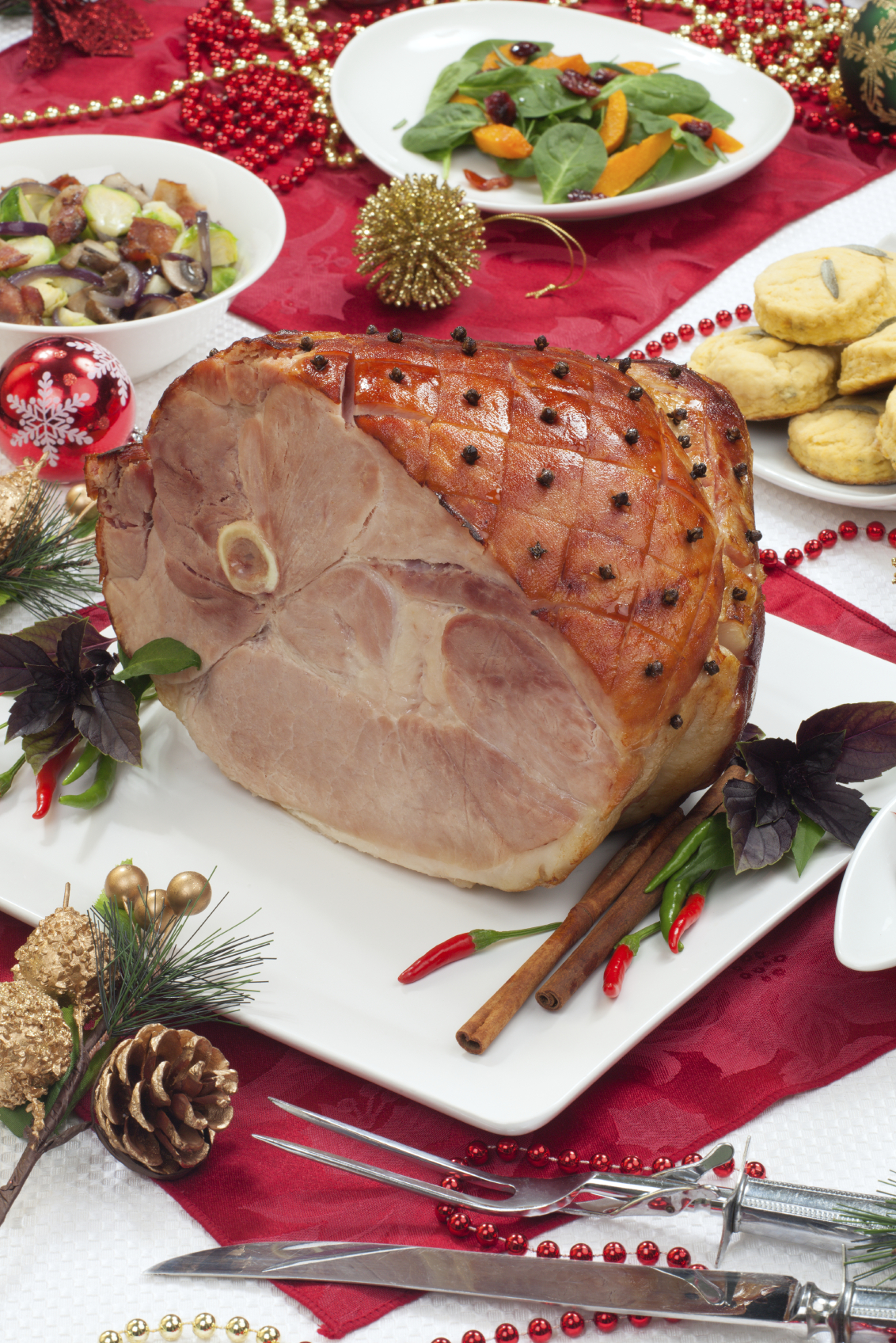
Nothing says Christmas more than a traditional Christmas ham.
The first step to having the best possible ham is to select quality produce.
Look for a ham that has plenty of marbling through the leg as this helps maintain its moisture.
While most varieties of ham available for purchase are pre-cooked, if you want to go that extra mile, adding a glaze to your ham is something that always makes your ham look even better on the plate.
Tips to keep your ham safe for consumption:
Storage
- To store ham on the bone, wrap loosely in a clean tea towel or pillowcase which has been rinsed in 1 litre of water and 2 tablespoons white vinegar and wrung out tightly. Change the tea towel every day and the ham will keep well
- Wrap your ham loosely and store in the refrigerator – the air must be able to circulate around the ham
- Do not store ham in its original packaging
- For sliced ham, place a piece of folded paper towel in the bottom of an airtight plastic container. Place the ham on top of the paper towel. Place another piece of folded paper towel on top of the ham and close the container firmly. Replace the paper when it becomes damp. Shaved or sliced ham should last 3 to 5 days
- Observe the label on your ham or instructions from your butcher (if purchased from a butcher shop). Shelf life will also vary depending on how your ham is packaged
Clean
- Ensure all plates, knives, utensils and chopping boards are washed in hot soapy water or at high temperatures in your dishwasher before use
Chill
- Food spoils most commonly between 5°C to 60°C (this is known as the temperature danger zone)
- It is important to limit the time that perishable food spends in the temperature danger zone
- Ensure that your fridge is kept below 5°C to restrict bacteria from multiplying to levels that may cause food poisoning
Separate
- Raw and cooked meat should be kept separate to one another
- Ensure that raw meat is stored on the lower shelves of the fridge in leak proof containers to prevent spills into other food
- Use different plates, utensils and chopping boards for raw and cooked food
- When transporting food, always use leak proof containers and keep raw meat at the bottom of the esky to prevent juices from dripping onto other food
Leftovers
- Cooked/ready-to-eat whole ham will keep for about 1-2 weeks in the fridge, or can be frozen for up to 3 months
- Cooked sliced ham will keep for 3-5 days in the fridge, or up to 1 month in the freezer
- Hams taste saltier and less smoky after freezing
- Once ham is thawed, use as soon as possible
From the Safe Food team, have a merry Christmas and Happy New Year!
